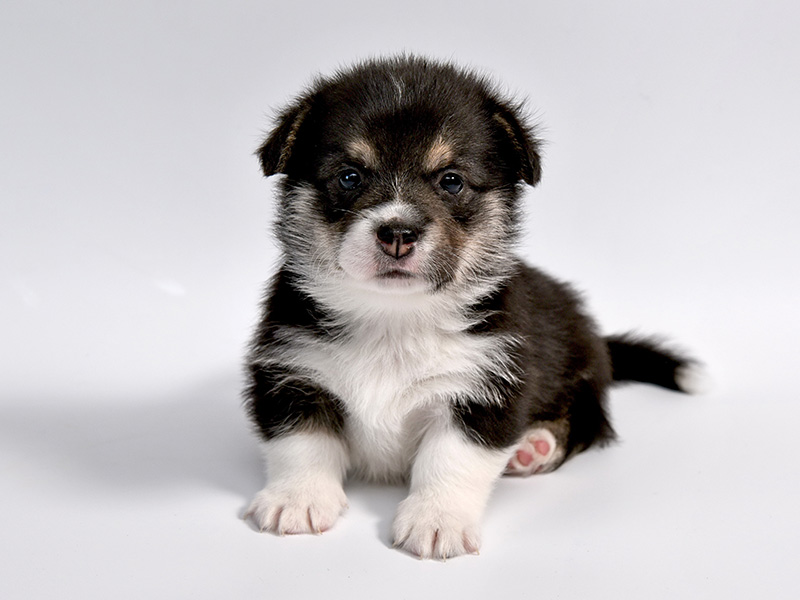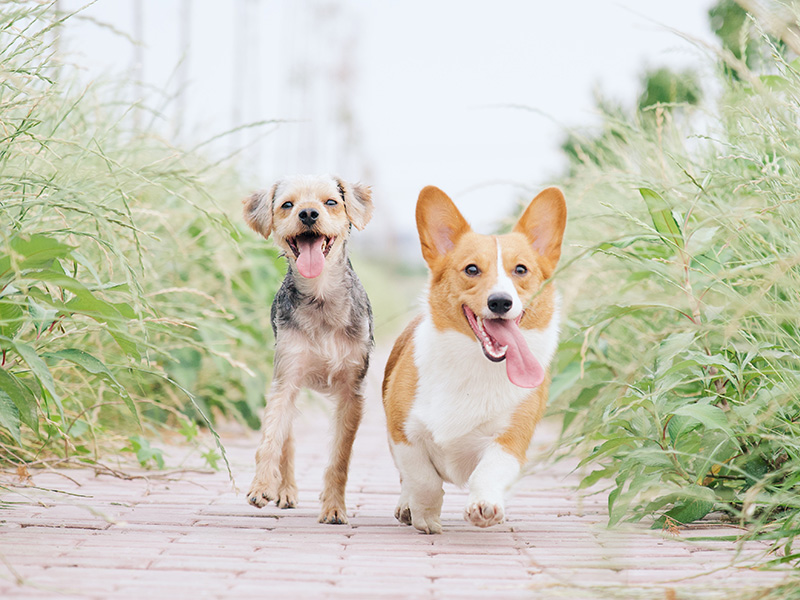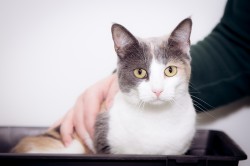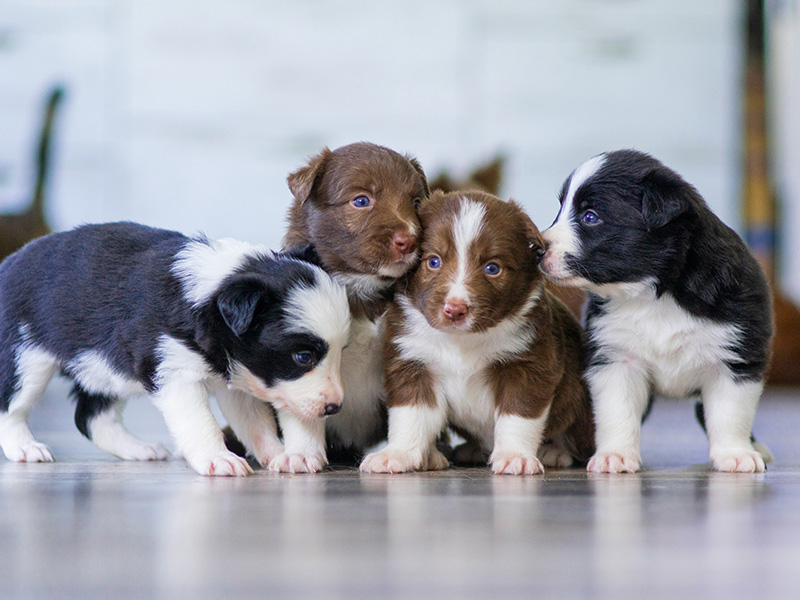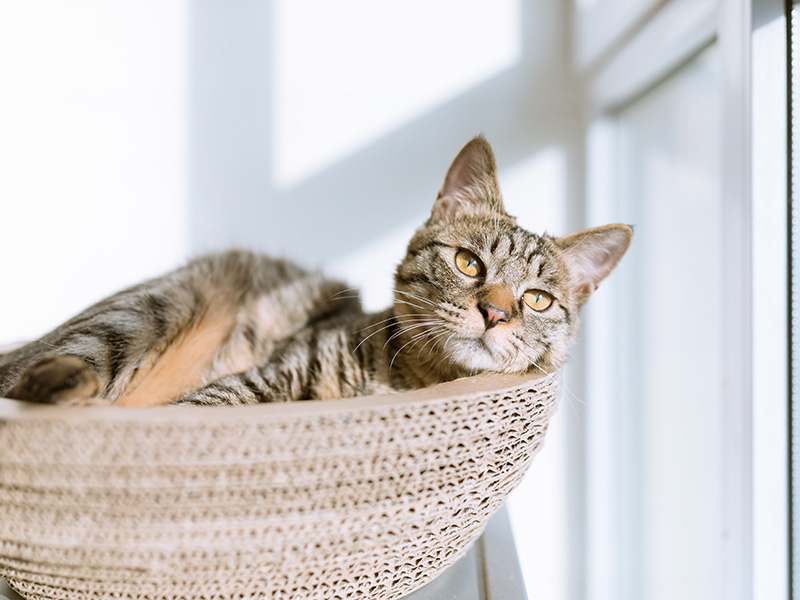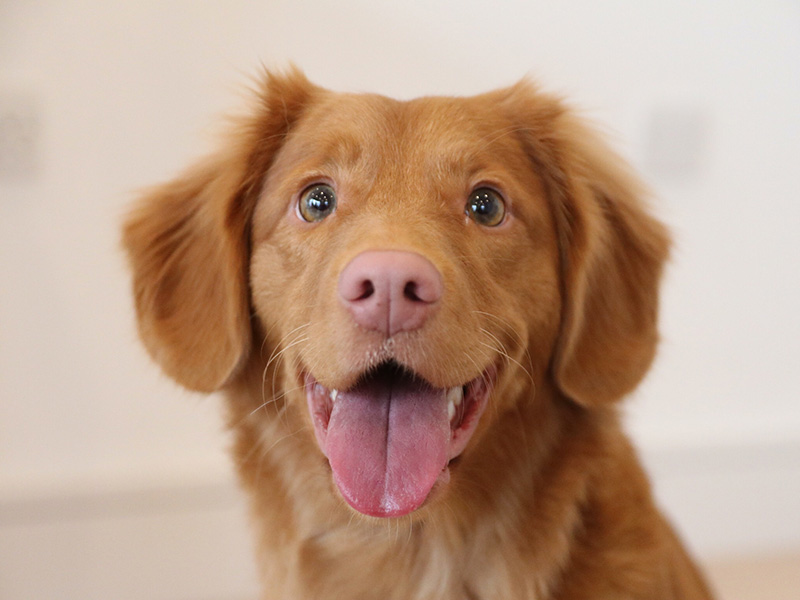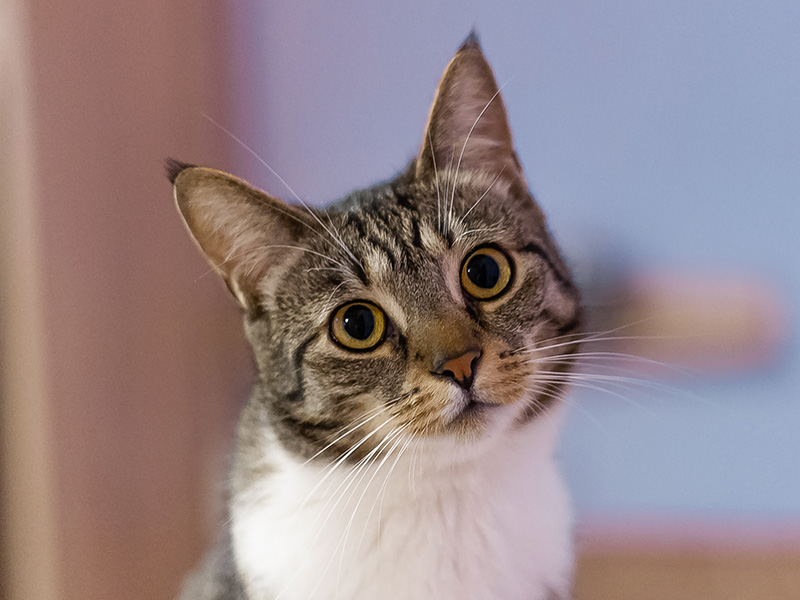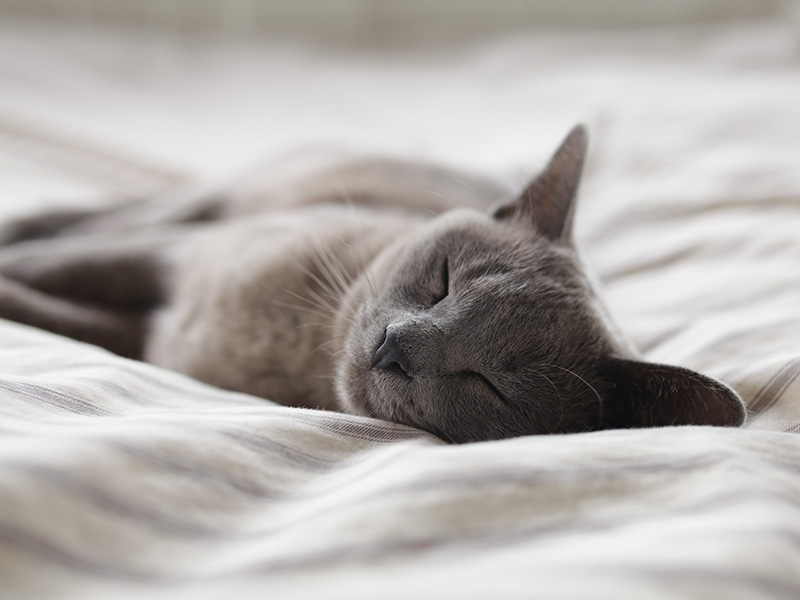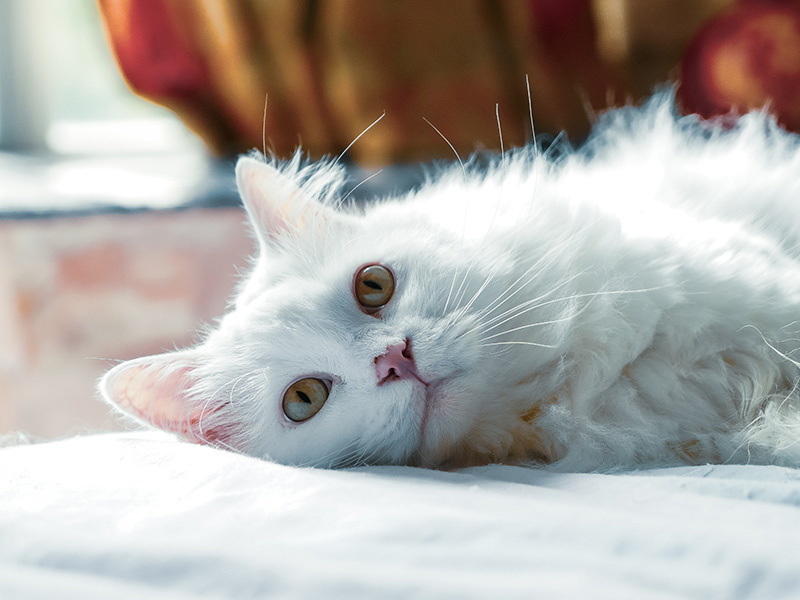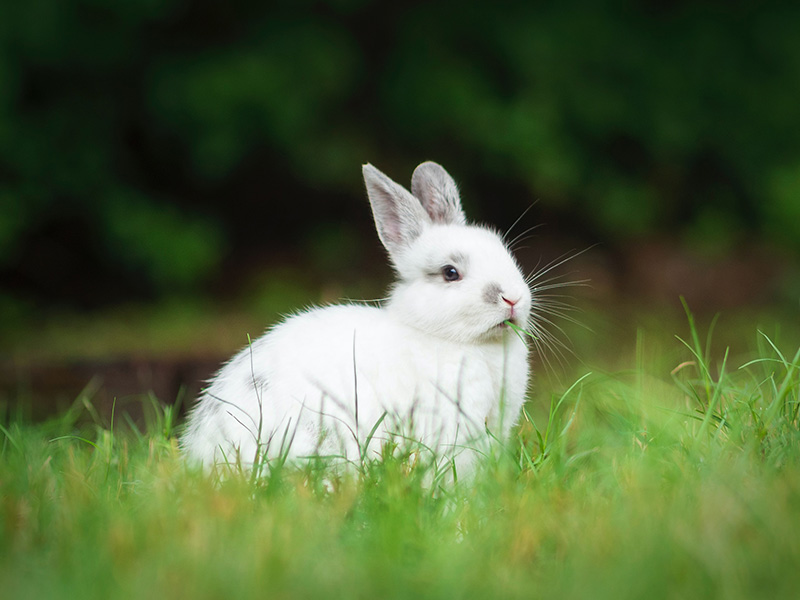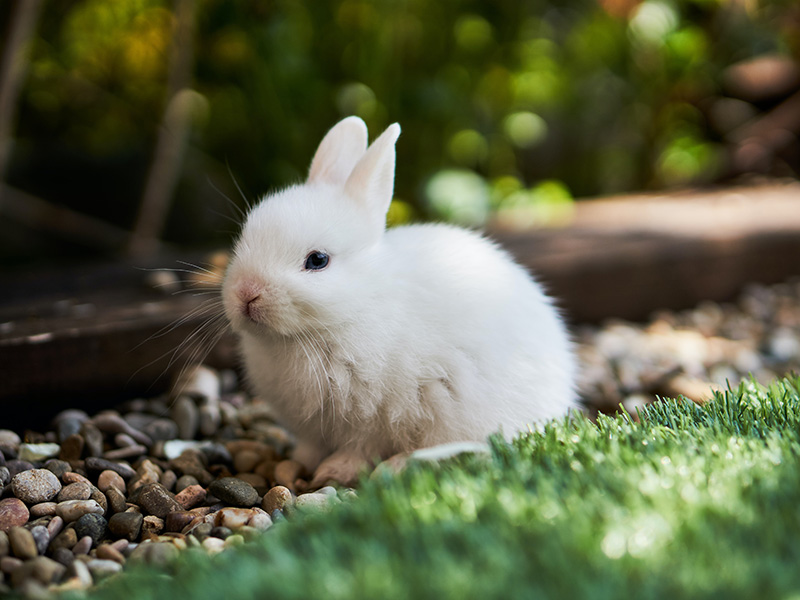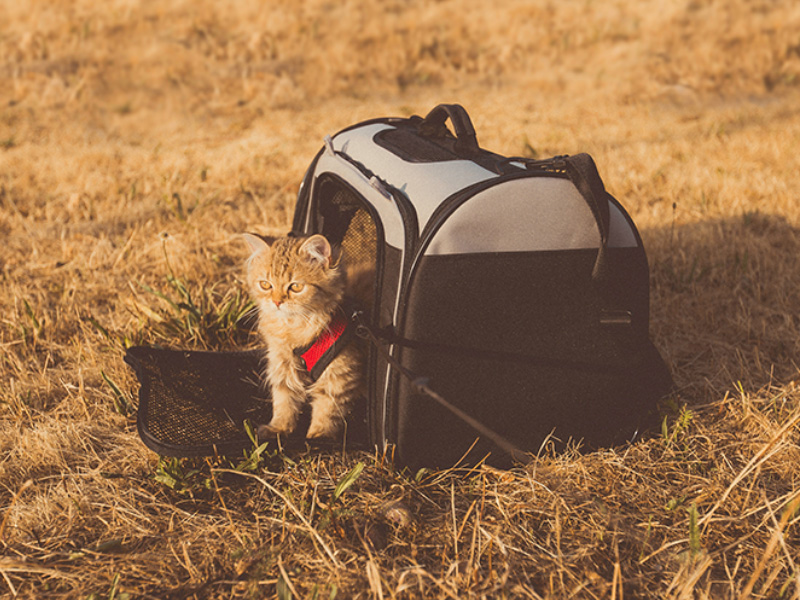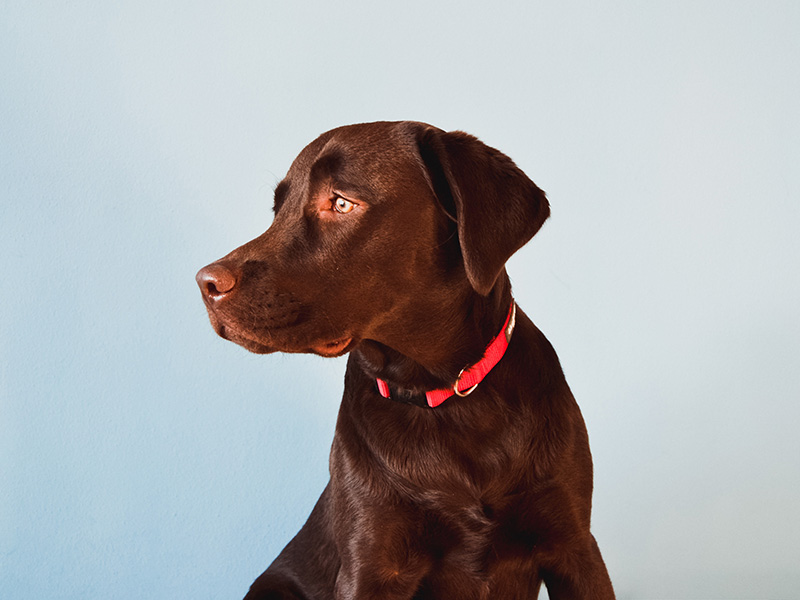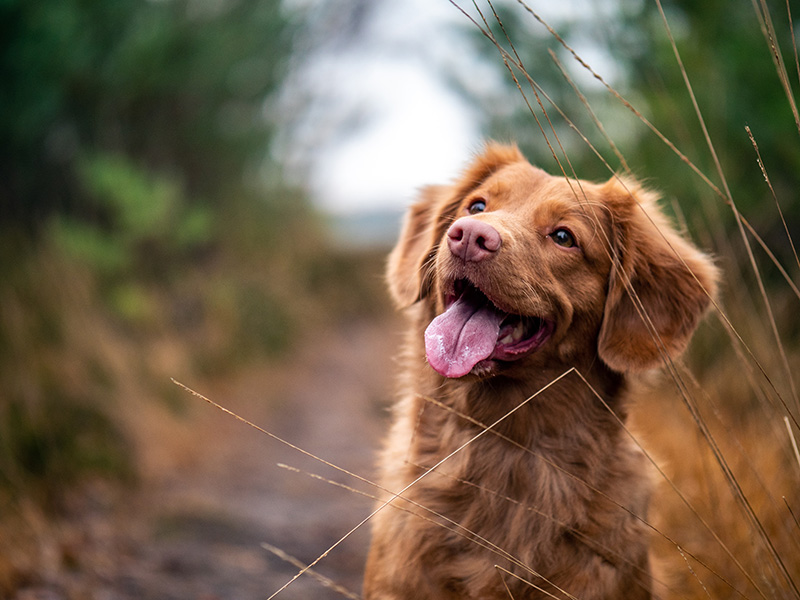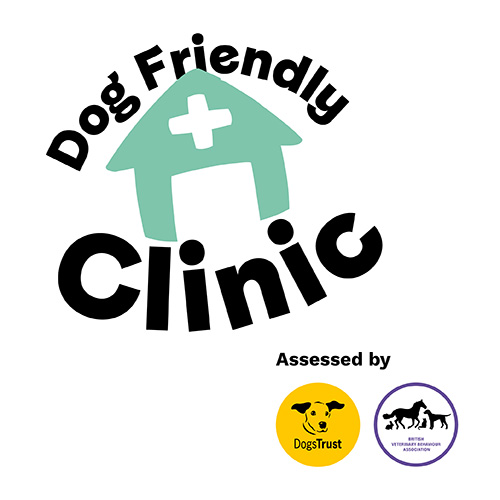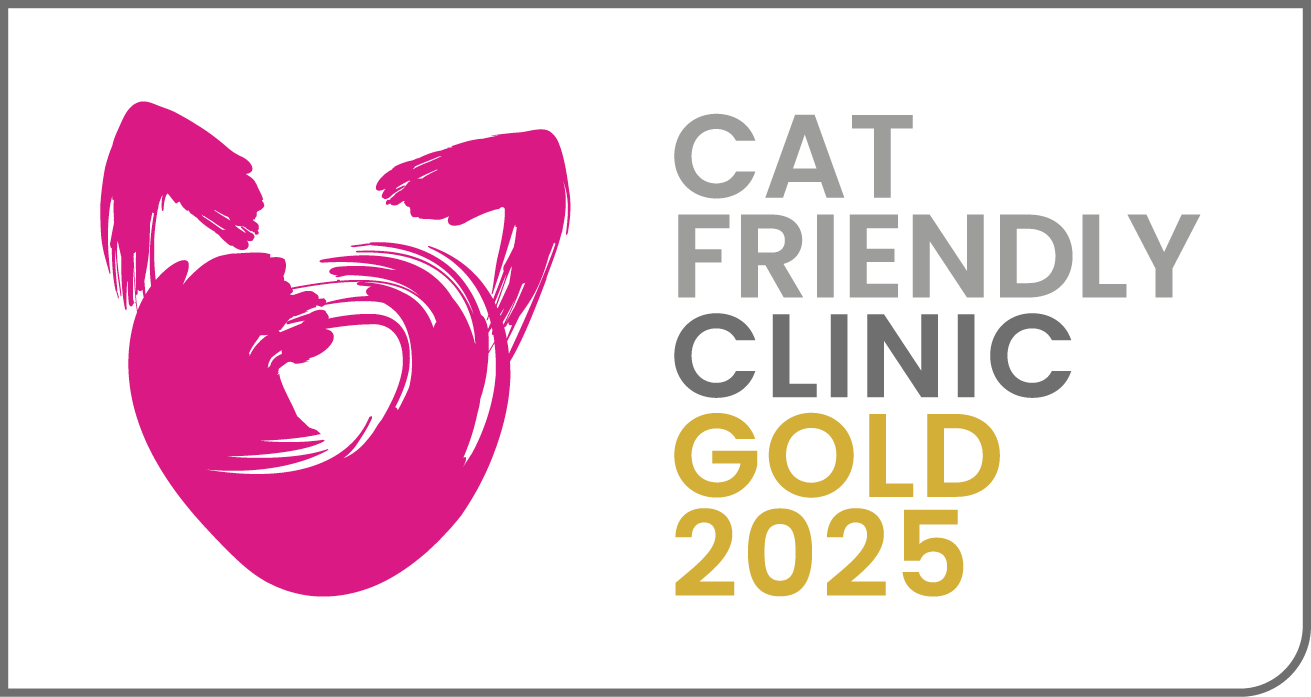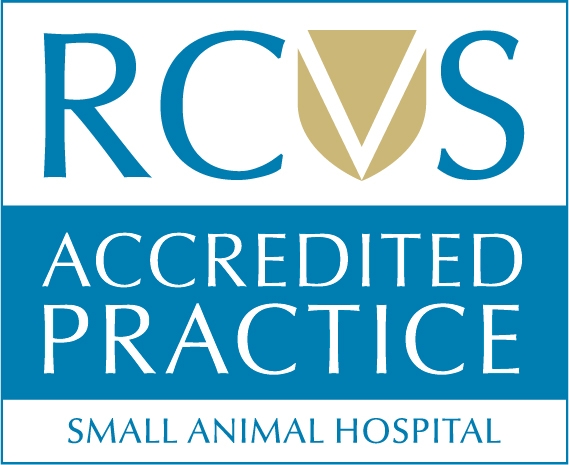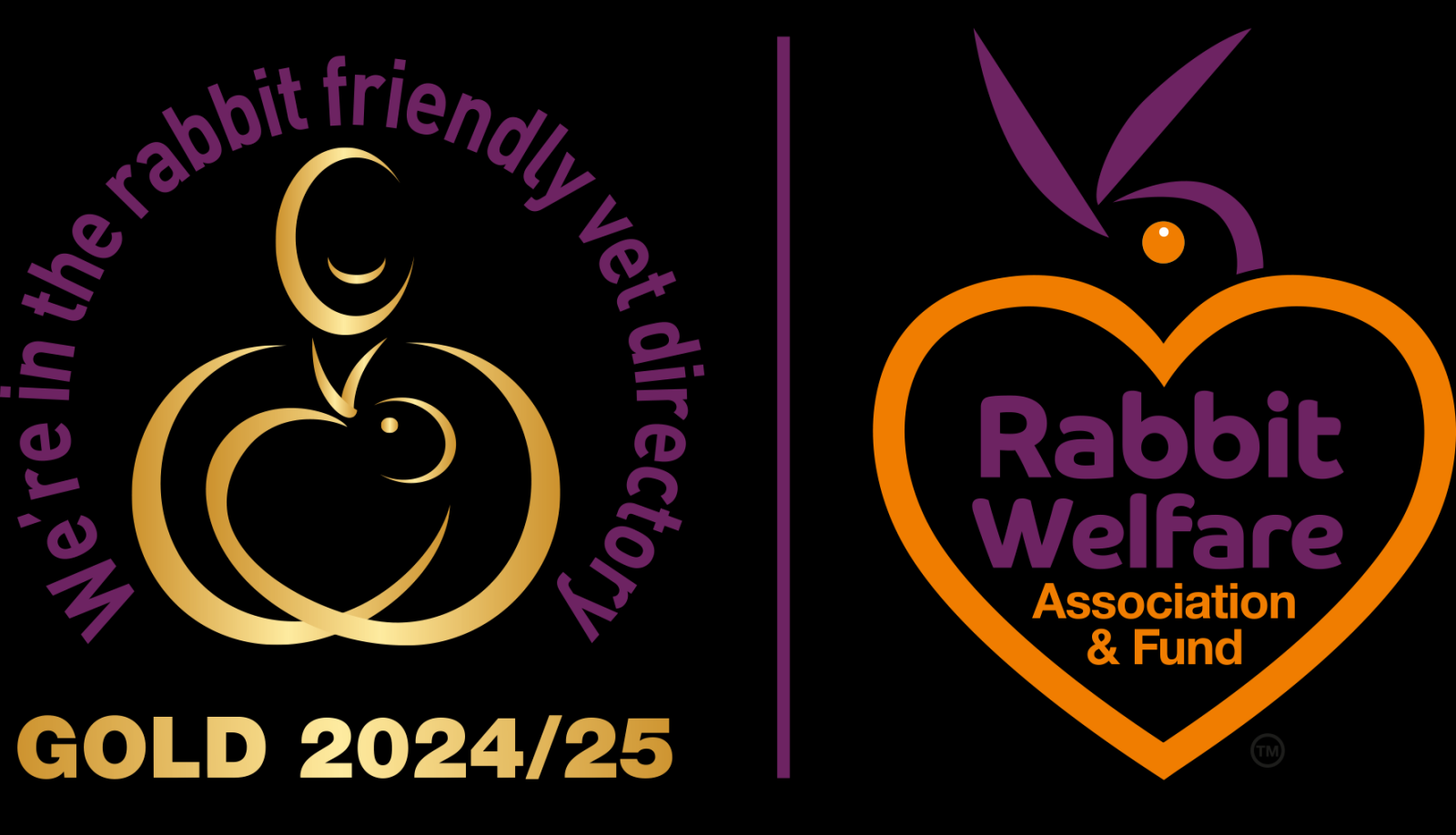Dry Eye
What is “dry eye” in dogs?
“Dry eye” occurs when the body does not produce enough tears to keep the surface of the eye healthy. Dry eye can affect any dog but it is most often seen in Cavalier and Cocker Spaniels, Bulldogs, Pugs, West Highland White Terriers, and Yorkshire Terriers.
Why does dry eye occur?
In most cases dry eye occurs because the dog’s immune system attacks the tear-producing gland in the eye. As the tear gland is damaged, it is able to produce fewer and fewer tears.
What are the symptoms of dry eye?
As tear production is reduced, the eye will feel gritty and sore. Some dogs will rub at their eyes. The shiny, reflective surface of the eye may look dull. The eye will often produce sticky mucus or excessive crusty “sleep” in response to the irritation.
Dogs with dry eye are at increased risk of developing eye infections and ulcers.
Eventually, the damaged surface of the eye may develop abnormal blood vessels or patches of dark pigmentation, and blindness will occur.
How is dry eye diagnosed?
It is important to diagnose dry eye early, so that damage to the tear gland can be halted. Vets use a paper strip test called the “Schirmer Tear Test” to measure tear production. This test only takes sixty seconds and does not require sedation.
What is the treatment for dry eye?
An eye ointment is available which can “switch off” the faulty immune system in the eye, preventing further damage to the tear glands.
In some cases, artificial tear drops must also be applied regularly.
Very rarely, an operation is suggested, to divert saliva from the mouth into the eye.
When dry eye is recognised and treated early, the prognosis is excellent. If you are concerned about your pet’s eyes, please contact Acorn House Veterinary Hospital. The veterinary team at Acorn includes a post-graduate certificate holder in ophthalmology (the study of eyes).
-
Previous
-
Next
